Science lessons for PreK tend to be more about discovery and investigation than the outcome. Our entire day is actually made up of short investigations. Some of the questions we ask ourselves and then experiment with the outcome are:
- How stable is the base of my block structure?
- Why does the gecko eat worms?
- What happens if I mix these two colors of clay?
- How can I make a rainbow show up on the carpet?
- Why are the plants looking droopy, we watered them again?
- What will happen if I wash my hands and then play in the sensory table without drying them?
- Why won’t the gecko eat dead worms?
- Do we see the same hummingbirds at our feeder every day?
- Can I high-five every student in the whole school and then eat without washing my hands?
These are just a few of the scientific questions we have investigated this year!
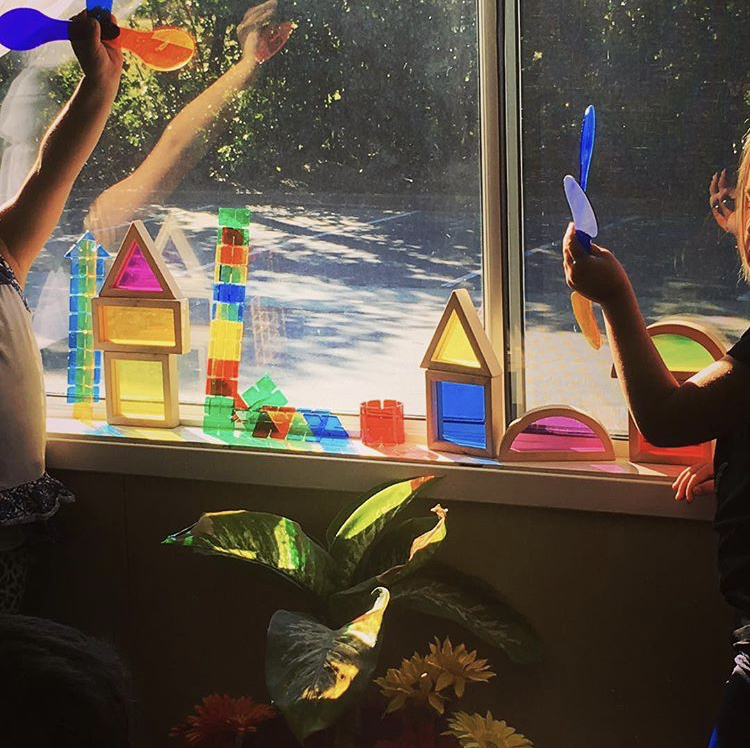
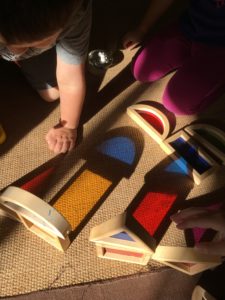
Science Lessons for the Real World
Notably, the most favorite science lesson was the glitter germs experiment! I put hand sanitizer on my hands and while it was still wet sprinkled glitter in my palm. I then high fived one student in my class. Everyone took turns high fiving another student. Pretty soon we had glitter everywhere- on the carpet, on our hands, faces, legs, arms, pants, tables, etc. Then we washed hands with water only and realized some of the glitter germs STILL stayed behind.
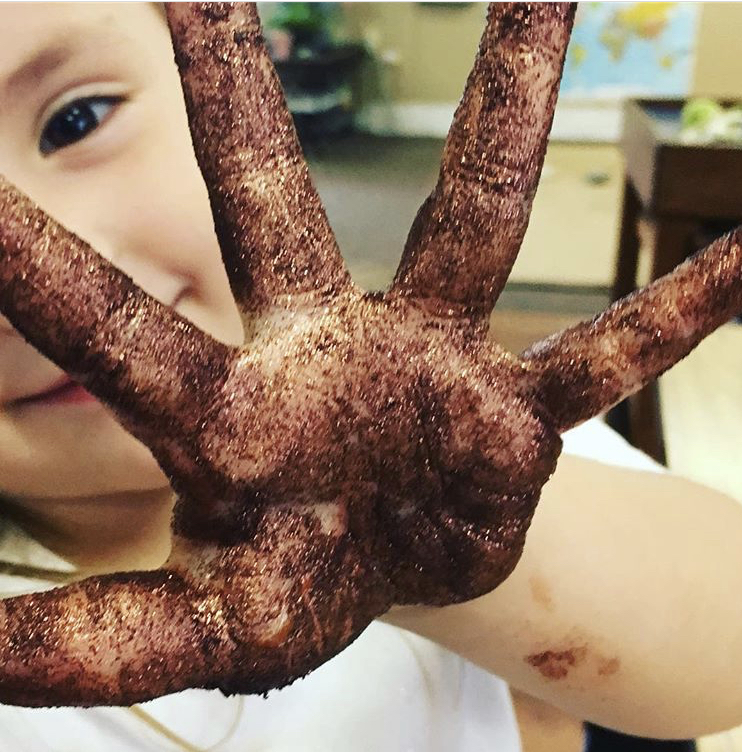
This was a fantastic visual for my young learners. We observed how germs spread. We recorded how they stick around even when we think we wash them off. And how we can cut back on the spread of germs. My children came up with the idea that they would only do air high fives with students in other classes. (We are the youngest class in a school of over 200 students where everyone loves to high 5 us. As a result, illness spreads like wildfire!) Every time we come up with a solution for a very real problem we are having we chant SCIENCE FOR THE WIN!
Color Chemistry Science Lesson
Color chemistry is one of the most exciting science lessons in my PreK classroom. The students love to mix colors in various forms, using all sorts of interesting mediums. We use clay, playdoh and colored water to investigate color chemistry. The children are engaged no matter how many times we investigate color.
We use colored vinegar and baking soda to watch color chemistry and as a result, can also observe chemical reactions. Paint is used to create shades and hues of colors. We use clay and playdoh to create colorful sculptures. The Color Chemistry Pack offers a multitude of experiments. Both with color teacher copies and black and white student versions.
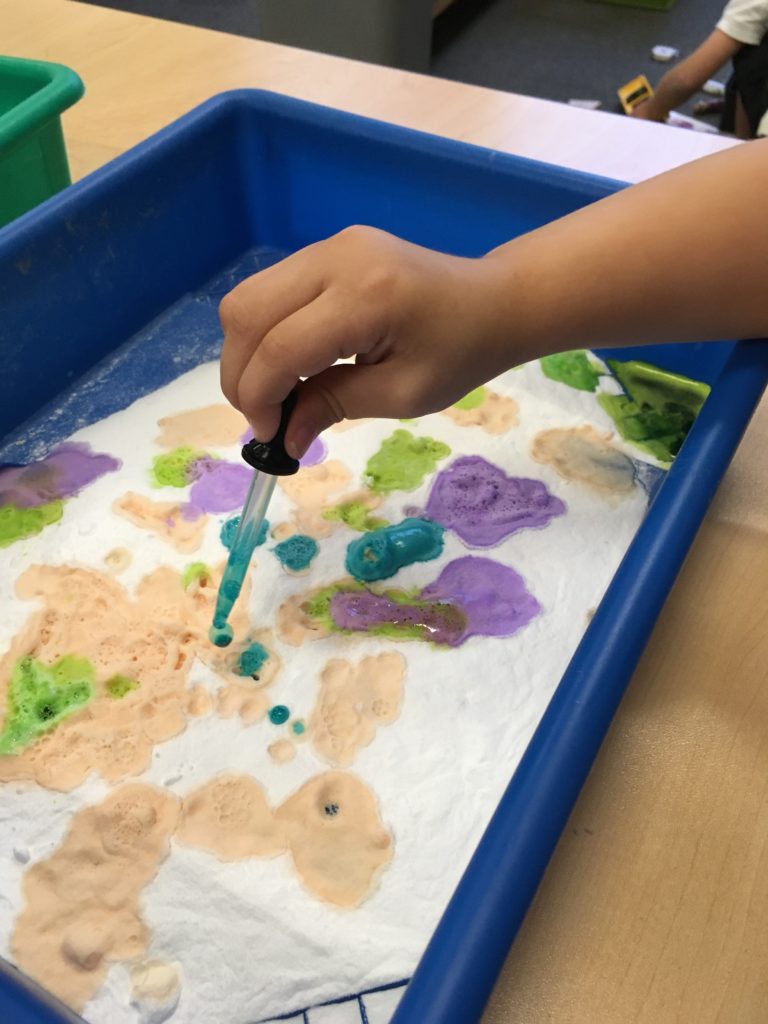
Science Lessons Using Books
I like to include books in every center, not just the library space. I want to encourage all students to read, no matter where they are in the classroom. The following list of books will add to your space and help your early learners become immersed in scientific vocabulary.
- Who Sank the Boat
- Ada Twist Scientist
- What is Science
- The Wind Blew
- The Tiny Seed
- Learning about Rocks
- Everybody Needs a Rock
- A Nest is Noisy
- The Surprise Garden
- Magnets
- Pull, Lift and Lower
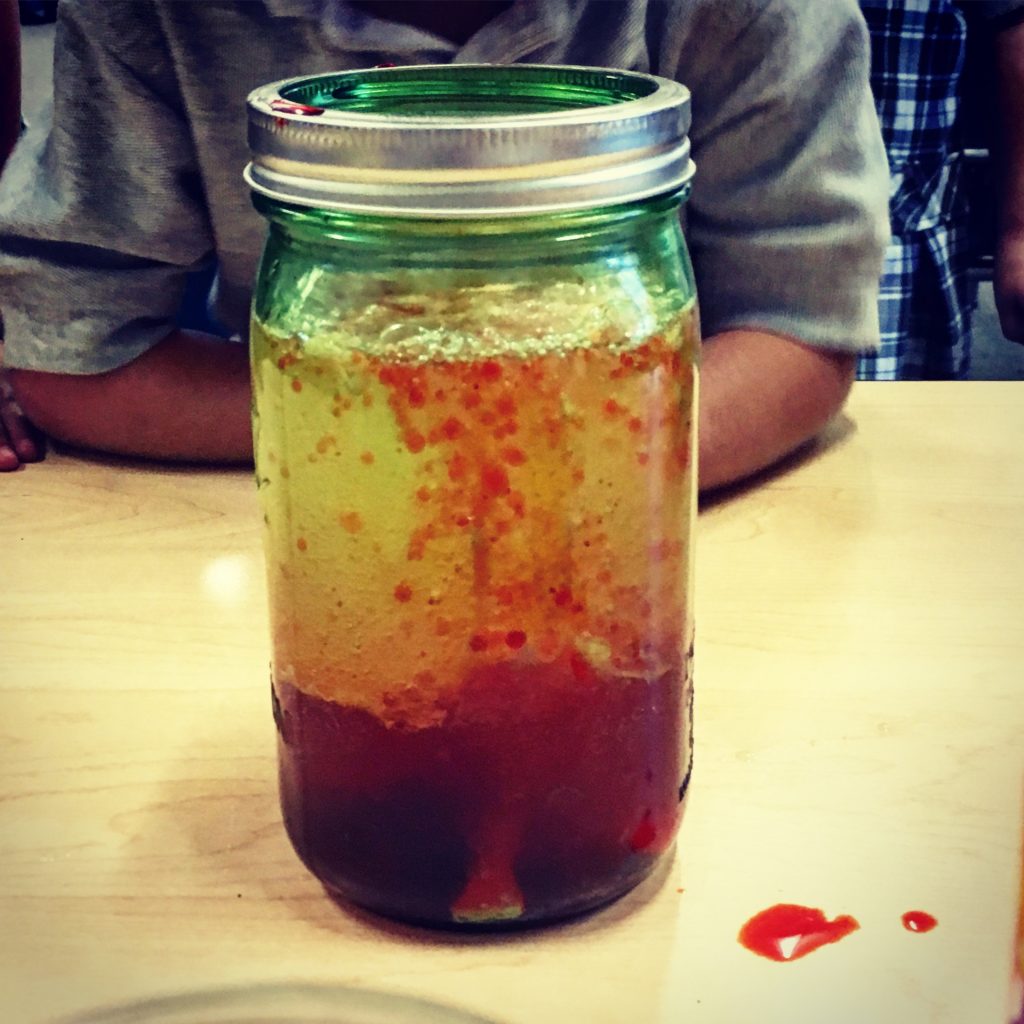
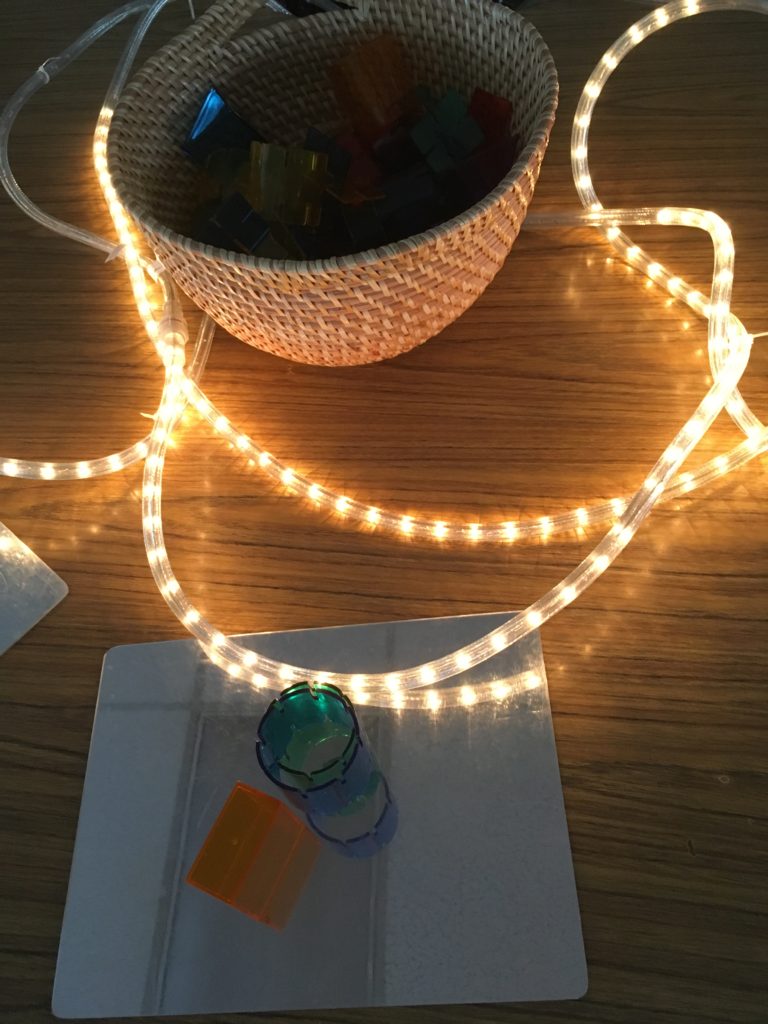
Leave a comment below and let me know your favorite ways to incorporate science into your curriculum plan.
Looking for a complete “done for you” science curriculum?
Look no further, I’ve got you covered: Science inquiry-based projects for Prek, TK, and Kinder

As an Amazon Affiliate, I will earn a small commission on some of the included links, at no additional cost to you.



2 Responses